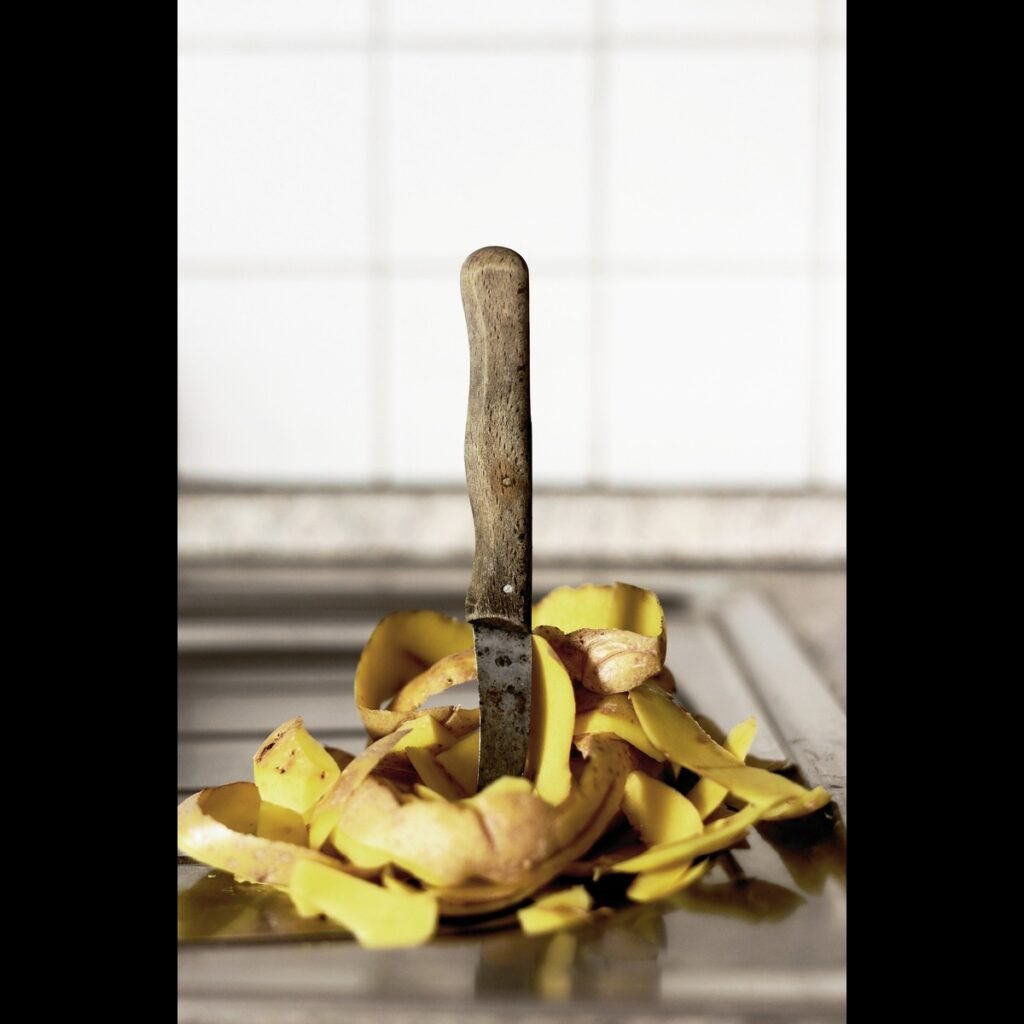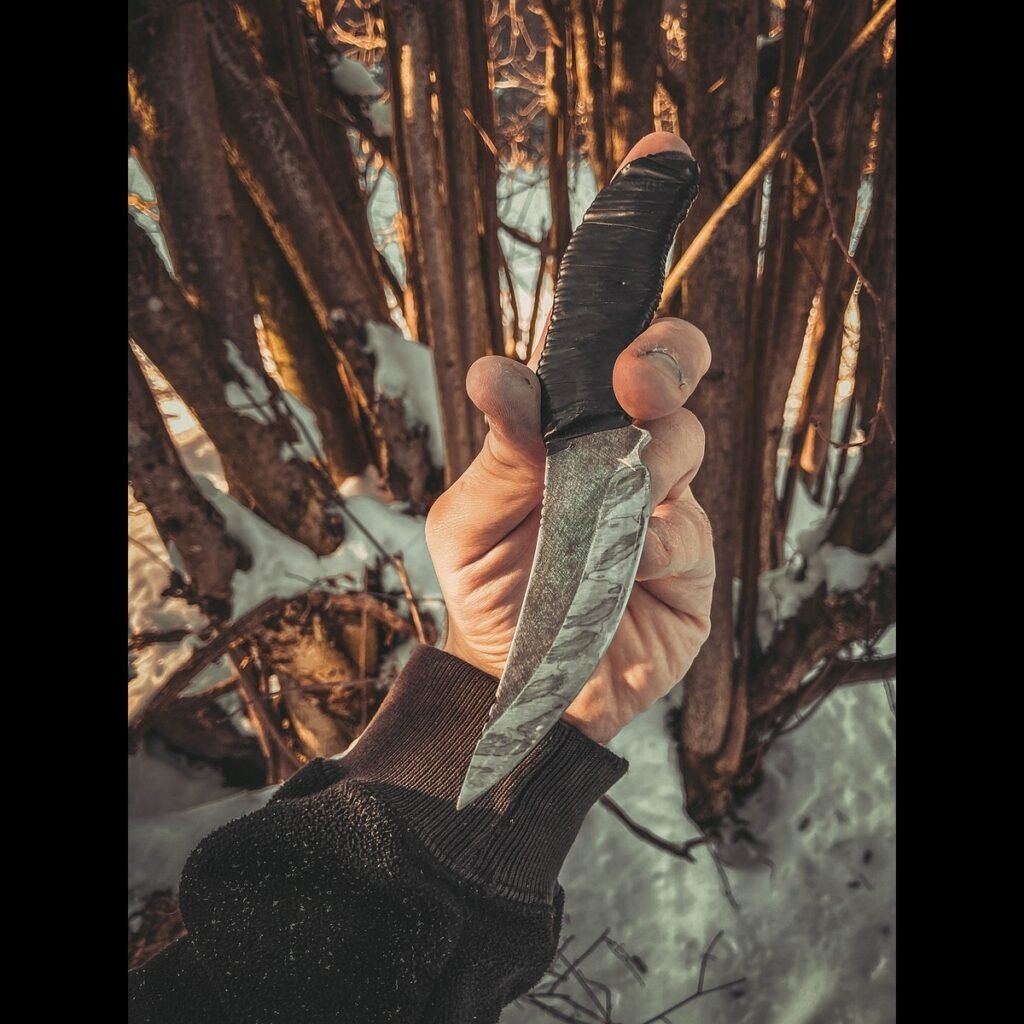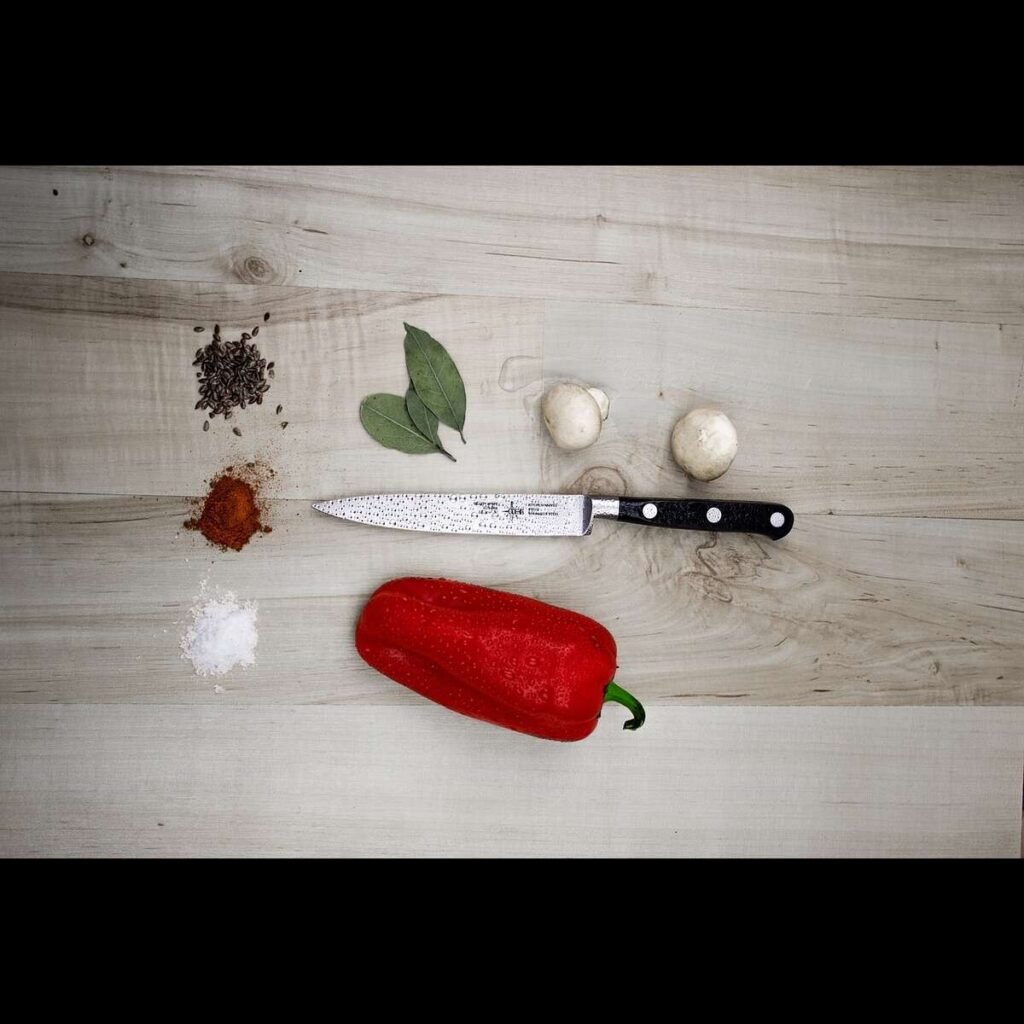Rust on knives not only diminishes their appearance but also affects their performance. However, with the right tools and techniques, it’s possible to restore your knife to its former glory. In this guide, we’ll delve into the causes of rust formation, preventive measures, and effective methods to remove rust from your knife. Lets start to know “How to get rust of a knife”
Understanding Rust Formation
Rust occurs due to a complex chemical process involving the interaction of iron, oxygen, and moisture. When these substances come into contact, they undergo a reaction leading to the formation of iron oxide, which is commonly referred to as rust. There are various types of rust, including red rust (Fe2O3), yellow rust (FeO(OH)·nH2O), and black rust (Fe3O4), each with distinct characteristics and degrees of corrosion.Several factors contribute to the formation of rust on knives, including exposure to humid environments, improper storage, and neglecting to dry the knife after use.
Preventive Measures

To prevent rust from forming on your knife, it’s essential to implement proper maintenance practices.
1: Proper Storage: Store your knife in a dry environment away from moisture and humidity. Consider using a knife block, sheath, or magnetic strip for storage.
2: Regular Cleaning and Drying: After each use, clean your knife with mild soap and water, then dry it thoroughly with a clean cloth to remove any moisture.
3: Oil Coating: Apply a thin layer of oil, such as mineral oil or food-grade oil, to the blade and other metal components to create a protective barrier against moisture.
Tools and Materials Required
1: Prior to commencing the process of removing rust, ensure you have the necessary tools and materials at hand
2: Soft-bristled brush or toothbrush
3: White vinegar or lemon juice
4: Baking soda
5: Clean cloth
6: Rust eraser or abrasive sponge
7: Protective gloves
Step-by-Step Guide to Removing Rust

Follow these steps to effectively remove rust from your knife:
1.Cleaning the Knife: Start by cleaning the knife with mild soap and water to remove any dirt or debris from the surface.
2. Soaking the Knife: Fill a container with white vinegar or lemon juice and immerse the rusty parts of the knife in the solution. Let it soak for 30 minutes to an hour, depending on the severity of the rust.
3. Scrubbing the Rust: Using a soft-bristled brush or abrasive sponge, gently scrub the rusted areas in a circular motion until the rust loosens and flakes off.
4: Rinsing and Drying: Rinse the knife thoroughly with clean water to remove any residue from the vinegar or lemon juice. Dry the knife with a clean cloth until it’s completely dry.
If the rust persists, you can try the following alternative methods:
- Vinegar Soak: Create a solution of equal parts vinegar and water and soak the knife overnight to dissolve stubborn rust.
- Baking Soda Paste: Make a paste using baking soda and water, then apply it to the rusted areas and let it sit for a few hours before scrubbing.
- Lemon Juice and Salt Scrub: Mix lemon juice with salt to form a paste, then apply it to the rusted areas and scrub with a soft brush or cloth.
After removing the rust from your knife, it’s crucial to take preventive measures to avoid future rust formation:
- Reapply a thin layer of oil to the blade and metal components to protect against moisture.
- Store the knife in a dry environment with proper ventilation to prevent humidity buildup.

Conclusion
Rust can be a nuisance, but with the right techniques, you can effectively remove it from your knife and prevent its recurrence. By implementing regular cleaning, proper storage, and post-rust removal care, you can keep your knives in top condition for years to come.
FAQs
How does rust form on knives?
Rust forms on knives when iron, oxygen, and moisture react chemically, resulting in the formation of iron oxide.
Can I prevent rust from forming on my knives?
Yes, you can prevent rust by storing your knives in a dry environment, cleaning and drying them after each use, and applying a protective coating of oil.
What should I do if my knife has stubborn rust?
If your knife has stubborn rust, you can try soaking it in vinegar, applying a baking soda paste, or using a lemon juice and salt scrub to remove the rust.
Is it safe to use abrasive materials to remove rust from knives?
Yes, it’s safe to use soft-bristled brushes, abrasive sponges, and rust erasers to remove rust from knives, as long as you handle them with care.
How often should I oil my knives to prevent rust?
It’s recommended to oil your knives every few months or as needed, depending on how frequently you use them and the conditions in which they’re stored.
